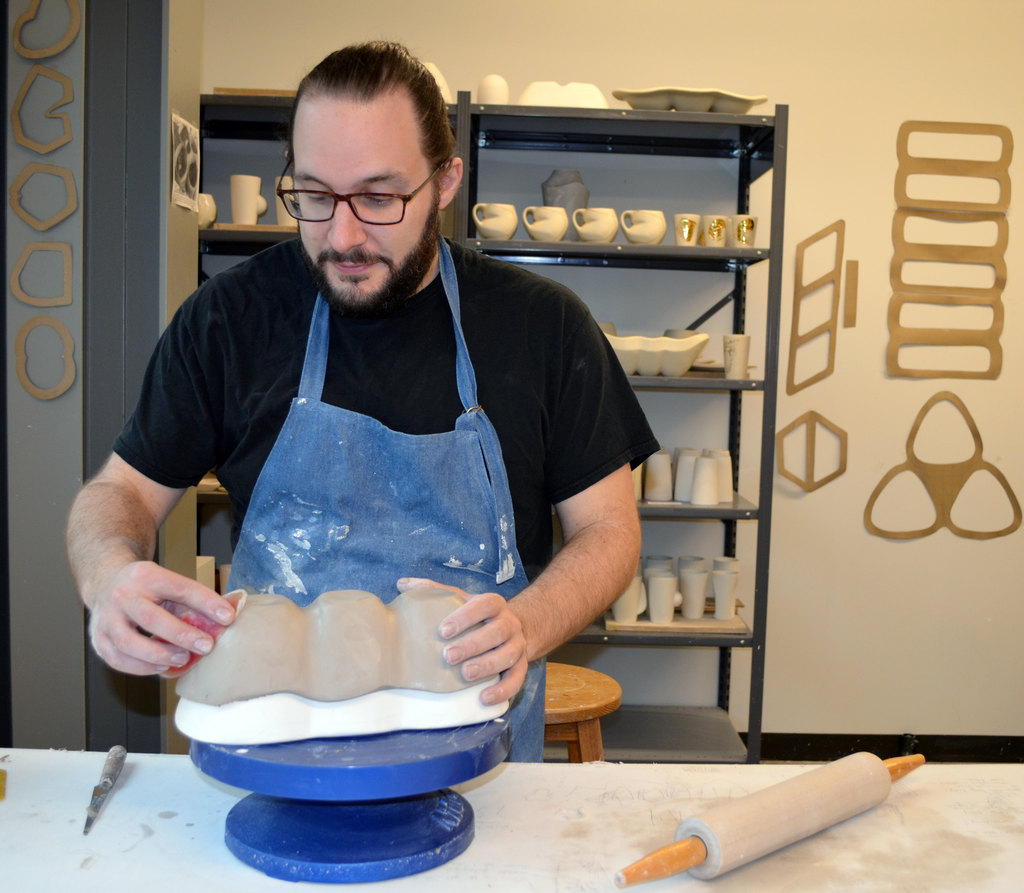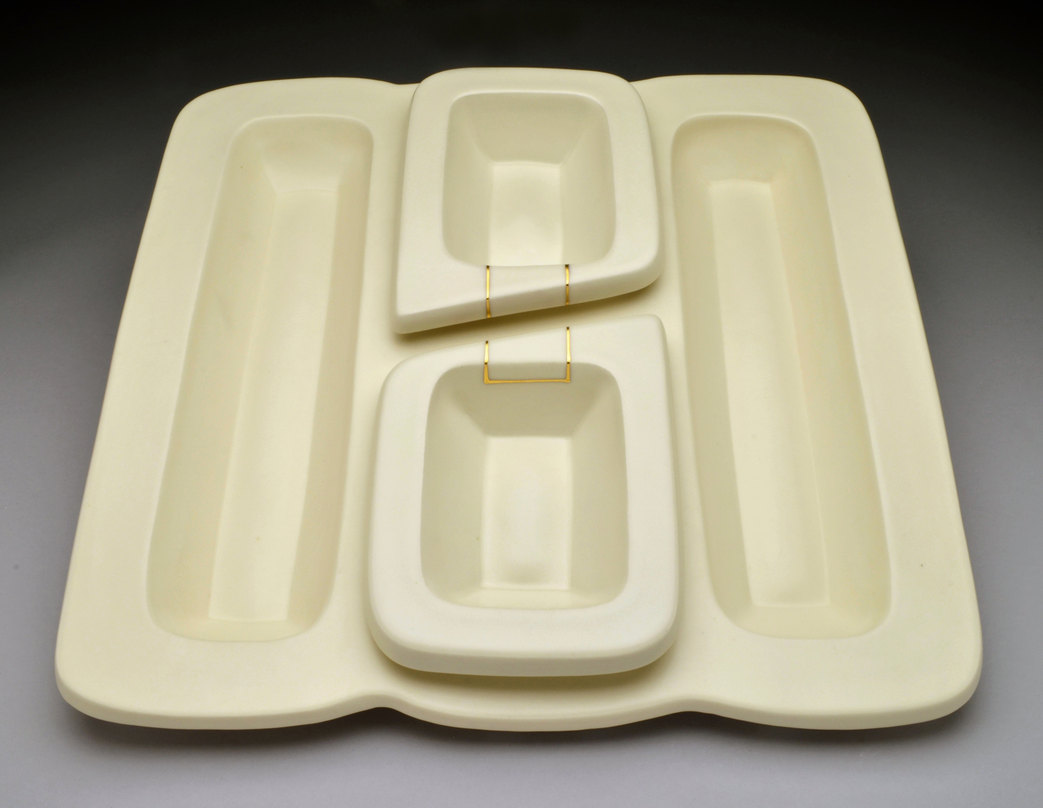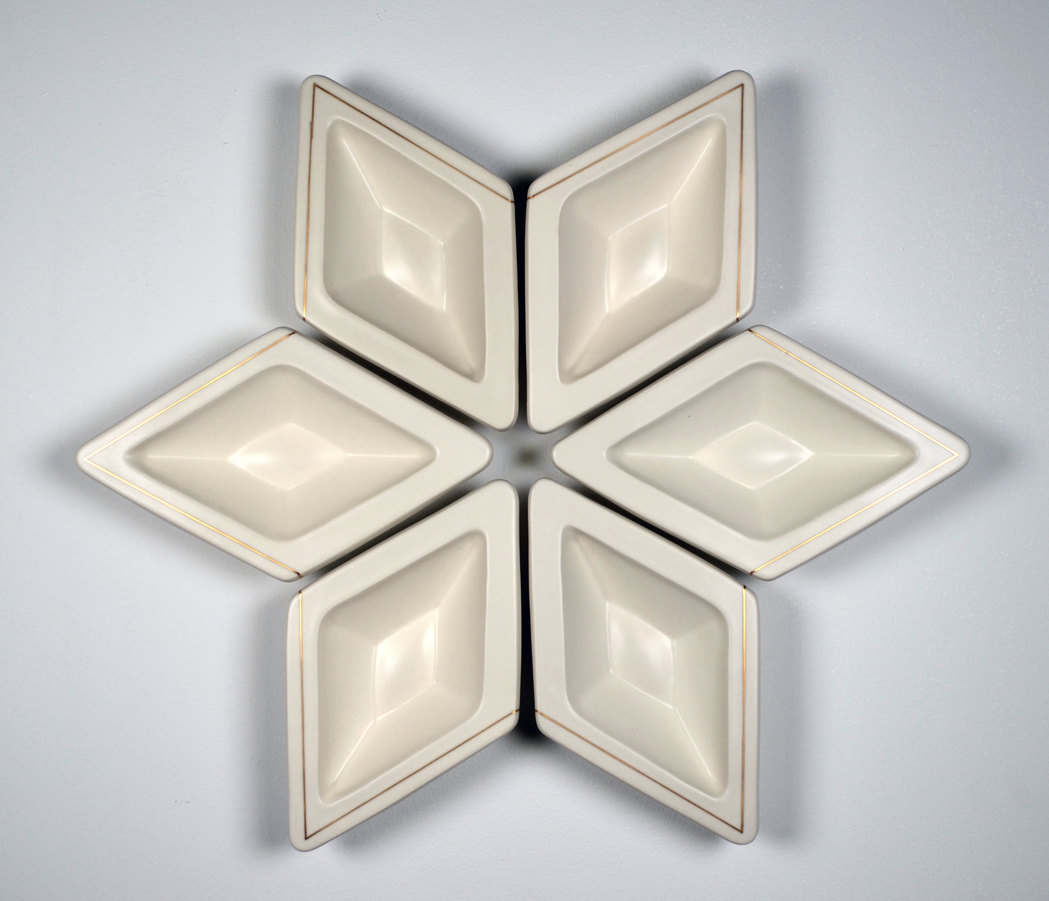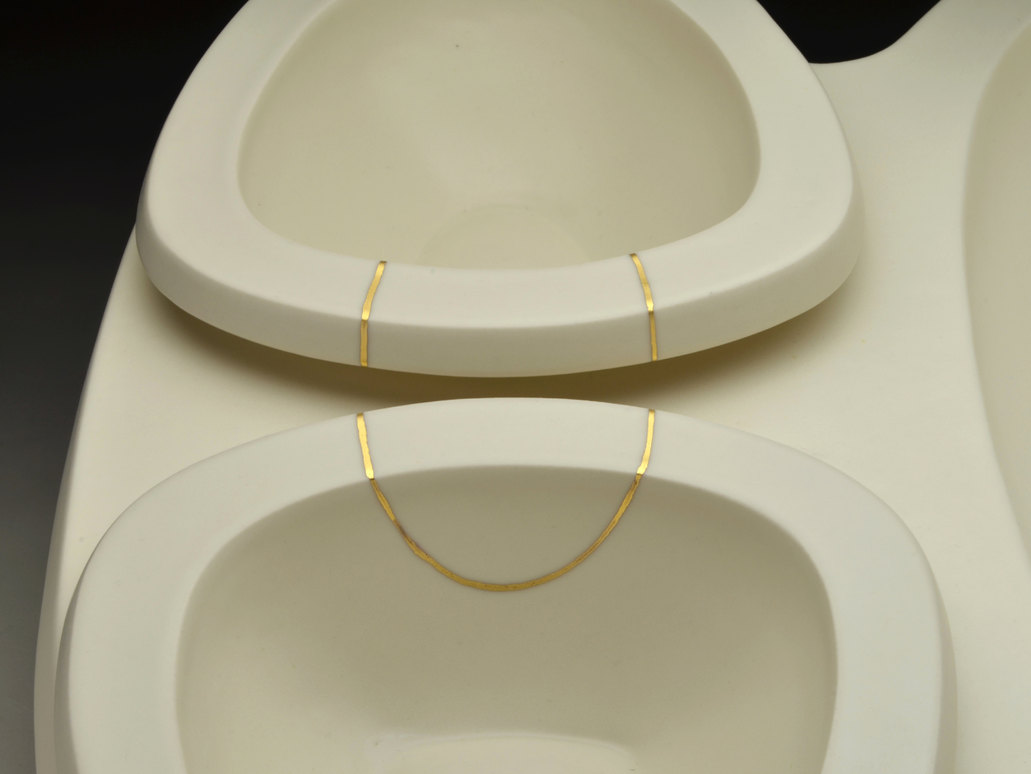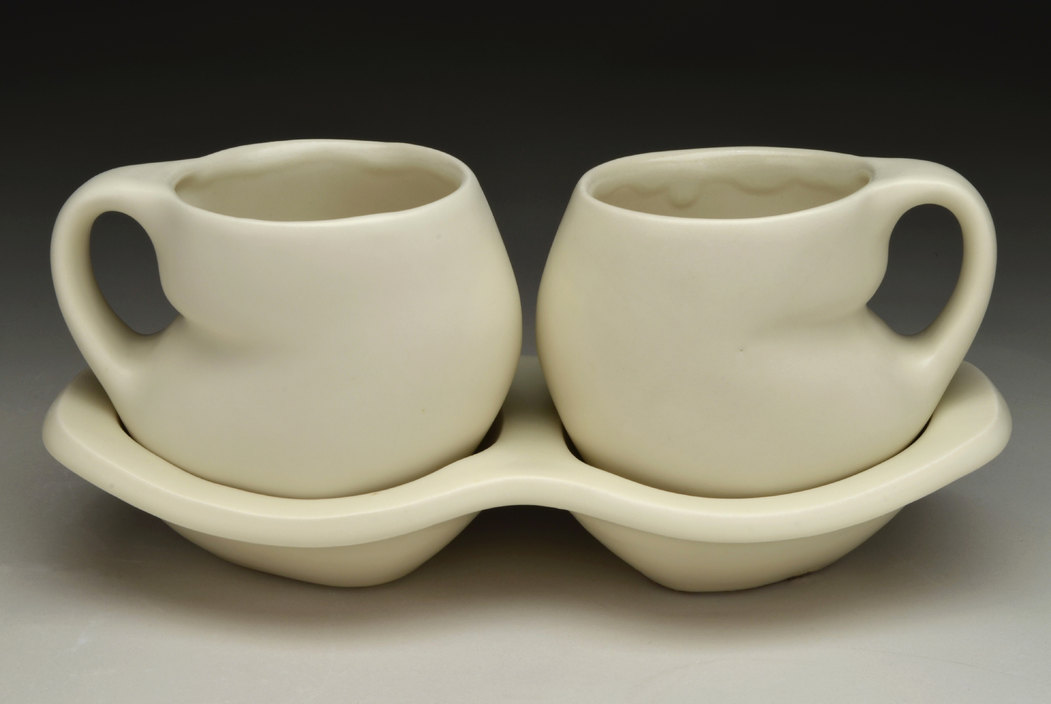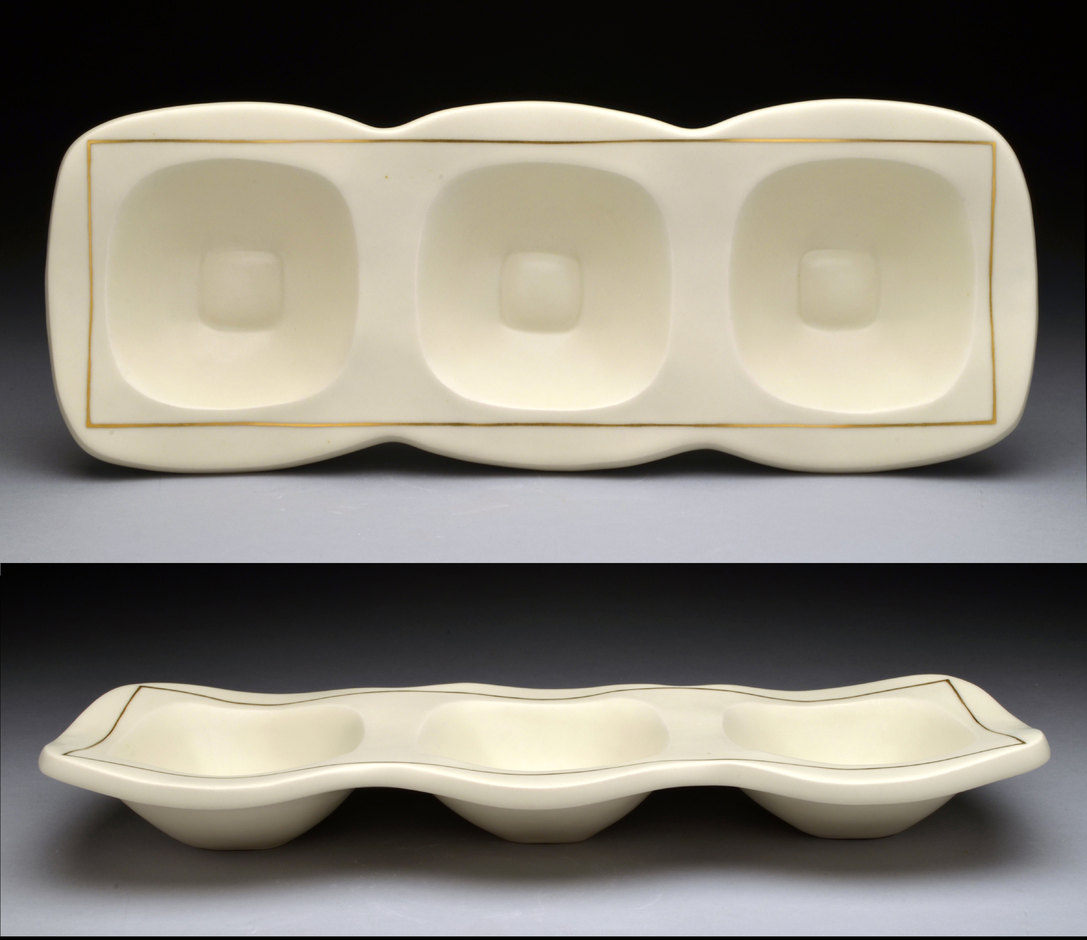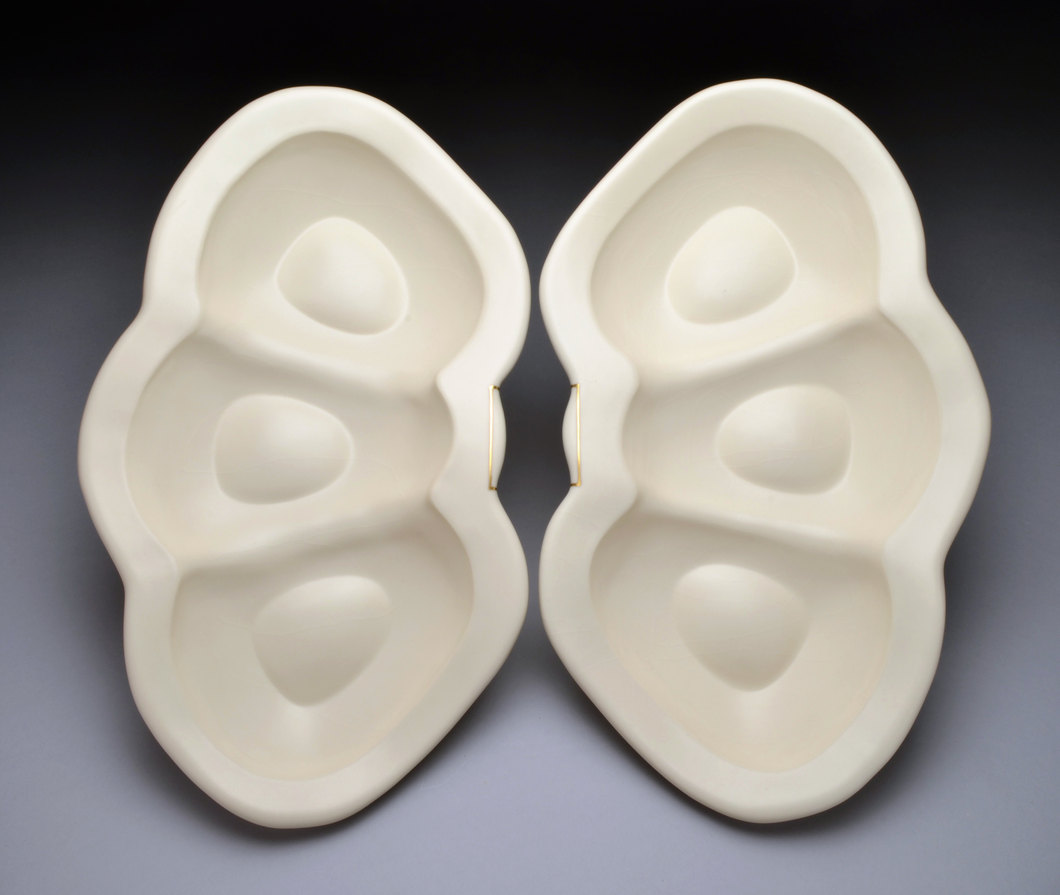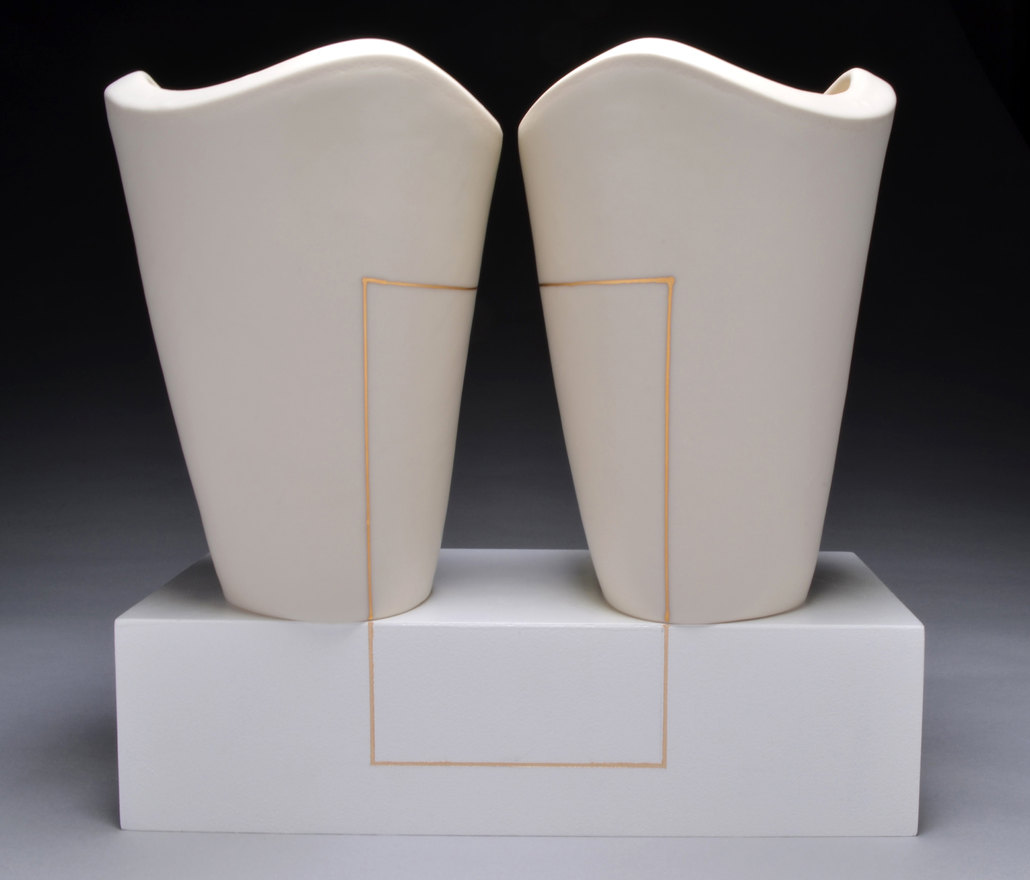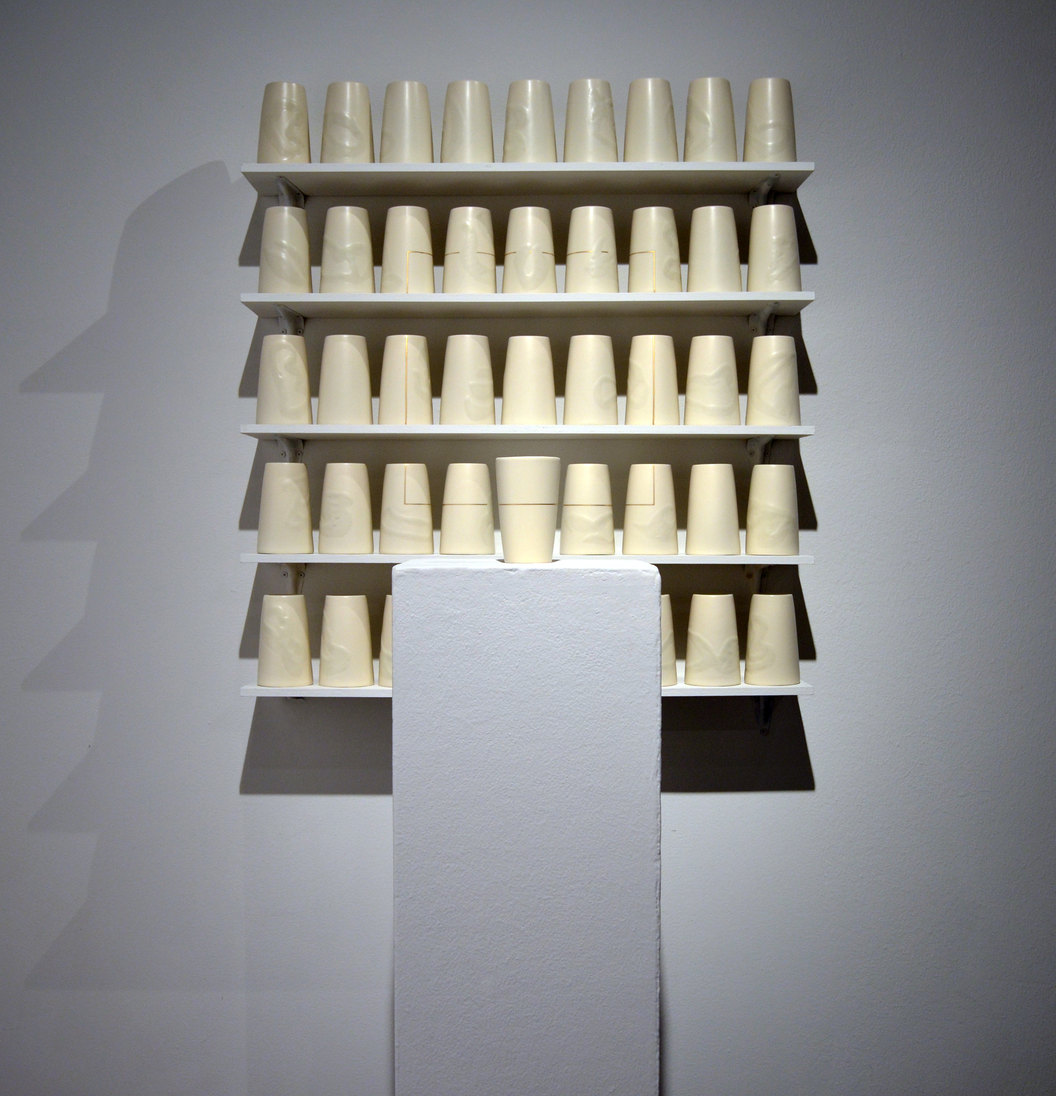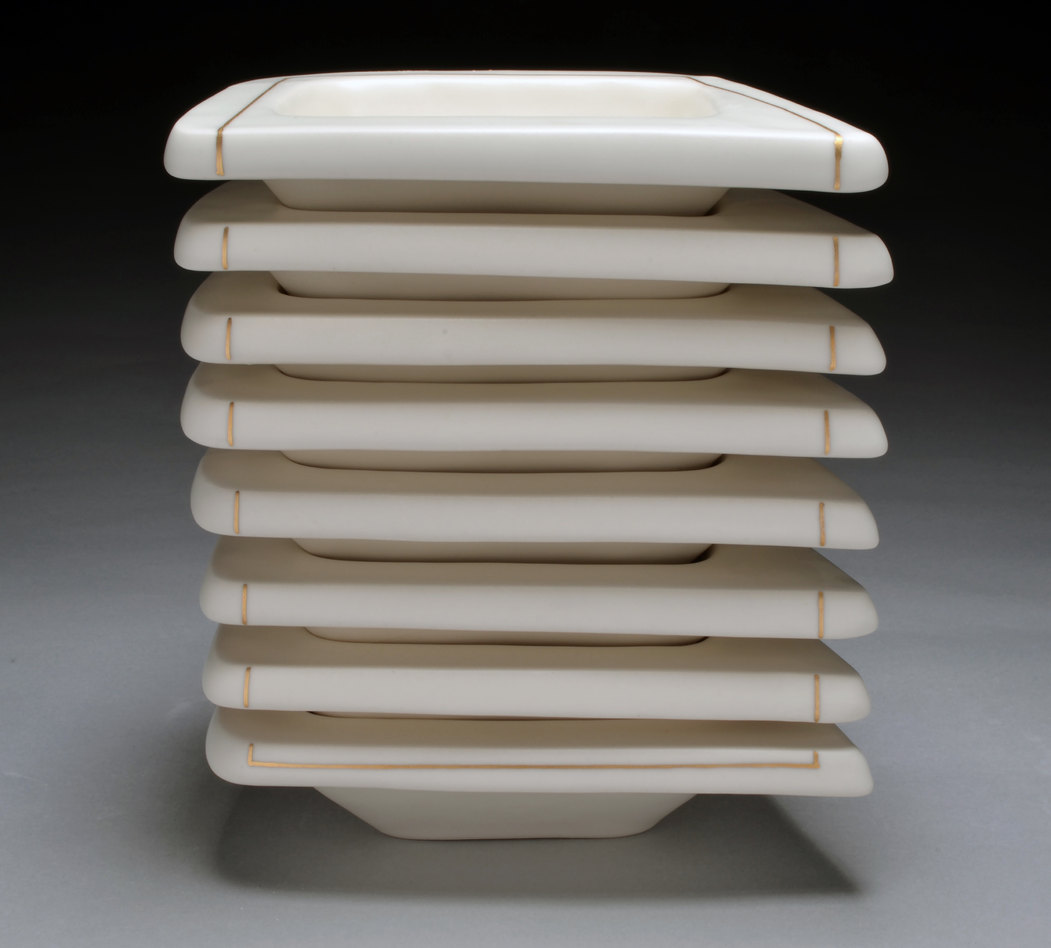Podcast: Play in new window | Download
Clay Leonard | Episode 521
Clay Leonard is a ceramics artist who currently serves as an Assistant Professor of Ceramics at the University of Houston – Clear Lake in Houston, Texas. His work has been featured in international and national exhibitions, publications, and in collections including the International Museum of Dinnerware Design in Michigan, Guldagergaard: International Ceramic Research Center in Denmark, and in the National Museum of Slovenia.
SPONSORS

Number 1 brand in America for a reason. Skutt.com

For all your ceramic needs go to Georgies.com
In this series of questions, some of Clay’s students asked me to present this set of questions to him. So these are his students cornering him for answers. It was a lot of fun. So here we go…
What were the reasons you found important in deciding which school to choose?
Does that mean as a student or as a professor? I can give you both.
For a student, for graduate school, I think it was important to find the faculty that were going to support me and challenge me. There are so many great artists and so many great programs you can go with, but I think getting on campus and getting the vibe for what is going on there and seeing how that can work with you and then getting to talk with the faculty. Regardless of what they have and how flashy the program is, even if it really small, if there is a connection with the faculty where you think they could really help you and they are interested in you as an artist, I think for me that is important. As soon as I talked with the faculty and they were supportive I thought this is where I want to be.
We kind of already talked about as a professor, but I think it just depends. For me here it was because of the opportunity for growth and seeing how I could kind of cultivate a program that is pretty young and fresh and go on that journey. So those are the two answers I think for those.
What made you move from soda firing to cone 6 in your work?
I love atmospheric firing. As an undergrad I was doing salt and wood firing and then soda firing a lot in grad school. But then again I think it is about the work and the ideas that I want so for me when the newer work started to kind of evolve in graduate school I was doing a lot of soda firing but soda firing was not lending itself to the work I wanted to make. I wanted it to be more minimal and show more of the form and I think the soda firing was starting to over power that a little bit. So I moved and started to try and figure out what the characteristics specifically for that work were and just pursue that. I think it is always about the work specifically and what it needs.
You have been working on the same series for a while. Do you think it is necessary to change as an artist to stay relevant? Or is it okay to continue to pursue the same thing if it is what you love?
That is good question. I think it is really important to continue to evolve as an artist and to continue to add new things. I have mentioned challenging a lot but I think that’s important. So I think how the work changes is not as significant as if you are still invested in the work and you are continuing to find challenges in the work.
You can probably find this clip online, but there is a wonderful clip of Warren McKenzie in his studio in Stillwater and he is just throwing bowls with his treadle wheel and he’s altering and them and then he does something and he starts kind of laughing and he says, I have thrown thousands of these bowls and I have never made one like this and that is what keeps you going. So it is the same work that he has been doing but he is finding new challenges and I think that is what is important. So as long as you are still invested and feel like you are growing as an artist and you are challenging it’s like the work could radically change or not change that much, it could be a slower evolution but I think that is what is important.
Do you feel like it is possible for an artist to work on different bodies of work at the same time?
I do, but then challenge then becomes making sure you are giving them what they need. It becomes, I think, really challenging if you focus on too many ideas to make sure they are evolving and moving forward as efficiently as they can. But yeah, for sure, there are artists that like Bill Bulard who do multiple bodies of work and he is committed to all of them and they are radically different. Some wood, mostly ceramics but in different ways, so I think for sure it is about your level of investment and what you want to value with the work.
I know we have covered this a lot in our previous conversation but how did you decide to get into teaching?
What I would add to our previous conversation is that I grew up around education. My dad was in education. He started off as a teacher and ran ISD and now he is a consultant for an early college. My brother is a teacher, my wife is a teacher, so education was always around and seeing the benefits of that, that was a foundation too. So once I discovered and had those opportunities then it clicked for me that this is what I want to do. Then I had first hand experience and knew it was relevant to me.
What are some of the challenges of teaching and pursing your art at the same time?
I think it is just making sure that you can give both of them the time that they need. That balance is really tricky because sometime, like we talked about with the work, I wish I could just be in the studio all day, all week, but I have to teach,. So I have responsibility to both. I can’t short change my teaching and I sure can’t short change my work. So I have to make sure I am really working with my time and giving them both the time they need. I always want more time in the studio so I think that is the big challenge is making sure that you are still finding that satisfaction in the studio and still making growth there. That balance is tricky.
What advice do you have for young artists seeking to continue pursuing their art outside of an academic setting?
I think, get to work. It’s like work hard. Work, work, work. There is no substitute for hard work. You have to put in the time and you have to be an advocate for yourself and make it non-negotiable. It is easy to get bogged down with other things, but if that is a priority then go for it and make sure you are being an advocate for yourself. Talk to people, get information, continue to be part of the community, but keep making work and work hard.
Book

Make the Impossible Possible by Bill Stickland
Contact
Instagram: @clayceramics
